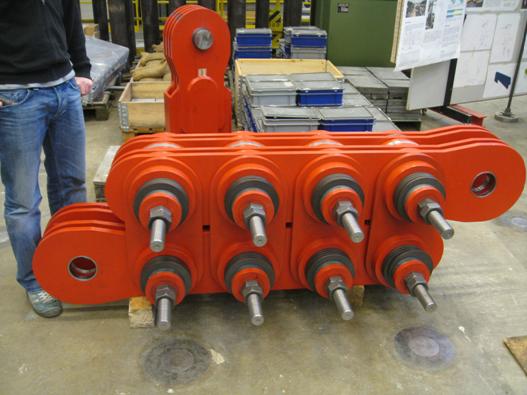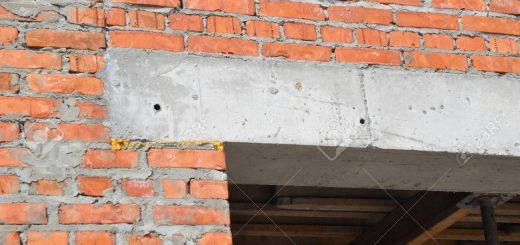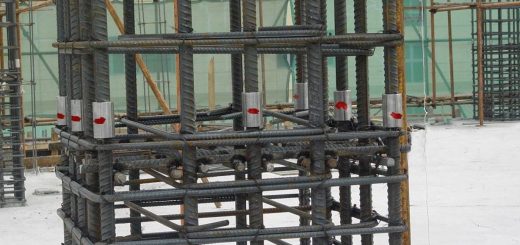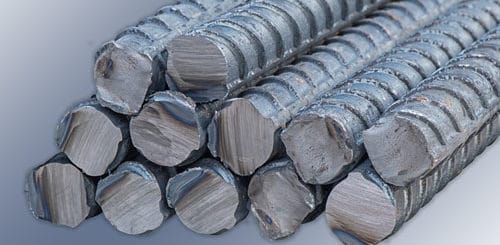Slip-Friction Dampers: Enhancing Structural Resilience
In regions prone to earthquakes, the ability to protect structures and occupants from seismic forces is paramount. Engineers and researchers have developed a range of innovative technologies to improve earthquake resilience, and one of these technologies is slip-friction dampers.
In this article, we will be discussing into slip friction dampers, exploring their principles, applications, and the significant role they play in safeguarding buildings and infrastructure during seismic events.
Understanding Slip-Friction Dampers
Slip-friction dampers, also known as sliding friction dampers or simply friction dampers, are passive energy dissipation devices designed to reduce the structural response of buildings and bridges to seismic forces.
They operate based on the principle of frictional resistance, converting the kinetic energy generated during an earthquake into heat through controlled sliding motion.
The primary objectives of slip-friction dampers are:
- Energy Dissipation: To dissipate seismic energy and reduce the amplitude of vibrations within a structure.
- Sway Control: To limit the lateral sway or displacement of the building, preventing excessive movement that could endanger occupants or lead to structural damage.
Principles of Slip-Friction Dampers
Friction dampers function on the principle of utilizing friction to dissipate kinetic energy. They typically consist of the following components:
- Sliding Interfaces: These interfaces are often comprised of high-friction materials, such as steel plates or specially designed friction pads. They are strategically placed within the structure to allow controlled sliding or relative motion.
- Compression Springs: These springs provide the necessary force to keep the sliding interfaces in contact during normal building operation. They ensure that the dampers remain engaged when no seismic forces are present.
- Damping Force Adjustment: The damping force of slip-friction dampers can be adjusted by varying the friction coefficient, the number of dampers installed, or the preload on the compression springs.
Image Source: Damptech
Applications of Slip-Friction Dampers
Slip friction dampers find applications in various types of structures, including:
1. Buildings:
Slip-friction dampers are commonly used in both new construction and retrofitting of existing buildings to enhance their seismic performance. They can be installed in various locations, such as between floors, within structural braces, or at the building’s base.
2. Bridges:
Bridges and overpasses benefit from slip-friction dampers, particularly in regions with high seismic activity. These dampers help control bridge movement during an earthquake, reducing structural damage and ensuring continued functionality.
3. Industrial Facilities:
Critical industrial facilities, such as manufacturing plants and warehouses, use slip-friction dampers to protect against the potential loss of equipment and inventory during seismic events.
4. Historic Structures:
Slip friction dampers can be discreetly incorporated into historic buildings to improve their seismic resilience while preserving their architectural integrity.
Advantages of Slip-Friction Dampers
Slip friction dampers offer several advantages in earthquake-resistant construction:
- Passive Operation:
They require no external power source or active control systems, making them reliable and cost-effective.
- Minimal Maintenance:
Slip friction dampers have low maintenance requirements compared to some other seismic retrofitting technologies.
- Adjustable Damping:
The damping force of slip-friction dampers can be tailored to specific structural requirements, providing flexibility in design.
- Retrofitting Capabilities:
They can be retrofitted into existing structures to improve their seismic resilience without significant modifications.
Challenges and Considerations
While slip friction dampers are effective, several challenges and considerations must be addressed:
- Temperature Effects: Extreme temperatures can affect the frictional properties of the dampers, potentially impacting their performance.
- Design Precision: Precise engineering and analysis are required to ensure that slip-friction dampers are appropriately sized and placed for each structure.
- Maintenance Planning: Periodic inspections and maintenance are necessary to ensure that the dampers remain fully functional.
- Compatibility: Slip friction dampers should be compatible with the overall structural system and architectural design of the building.
Slip friction dampers are a valuable tool in the pursuit of earthquake-resistant construction. By dissipating seismic energy and controlling building sway, these passive devices play a significant role in safeguarding structures and their occupants during seismic events.
As the development of seismic engineering technologies continues, slip-friction dampers, alongside other innovations, contribute to creating resilient and safe built environments in regions susceptible to earthquakes.




